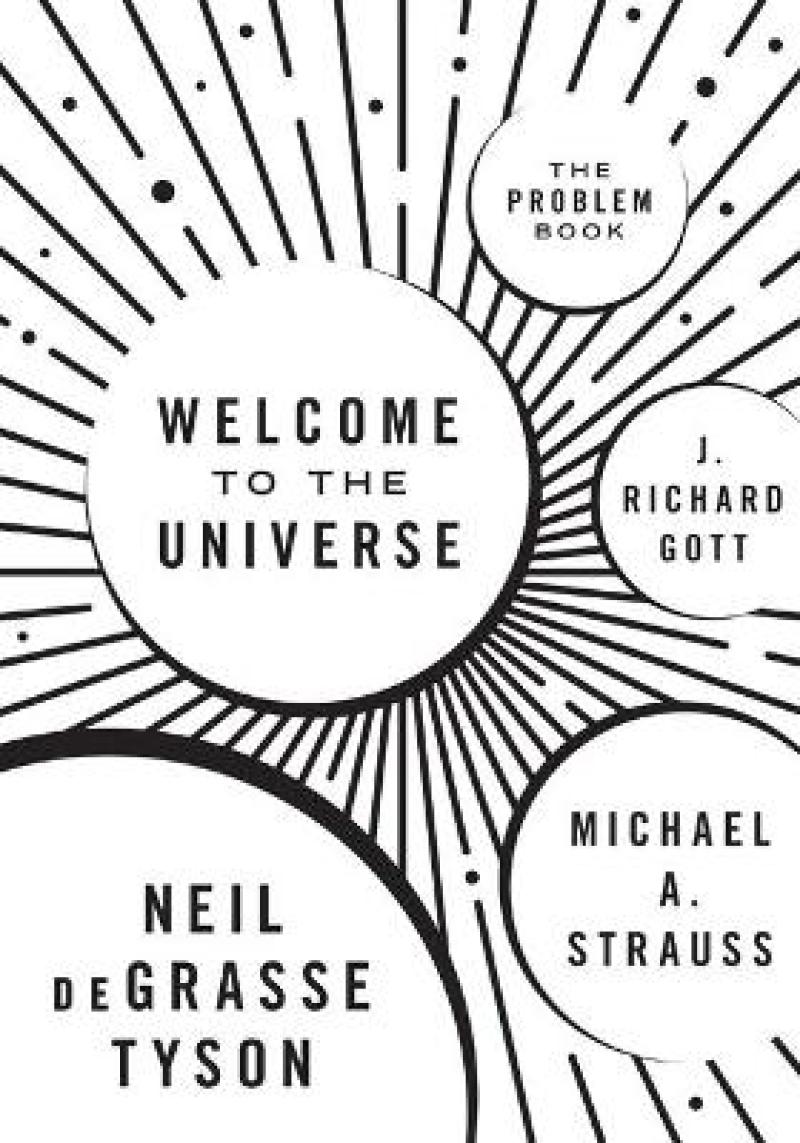"This book provides a very valuable resource for anyone who wants to acquire a reasonably quantitative understanding of introductory astronomy. The questions cover a broad range of interesting topics, and the solutions are thorough and often enlightening, providing additional insights into the subject matter."<b>—Alex Filippenko, University of California, Berkeley</b>
"The difference between a good astronomy course and a great astronomy course is great problems. This book is a gold mine of great problems for introductory astronomy, problems that can be solved with high school algebra and run the gamut from earth-smashing asteroids to neutron stars, black holes, the fate of the universe, and the search for life on other worlds. It will be a valuable resource for anyone teaching introductory astronomy and an exhilarating challenge for students who want to sharpen their wits against the cosmos."<b>—David Weinberg, Ohio State University</b>
"A fantastic asset. The hardest part of teaching introductory astronomy courses is writing engaging, informative problems at the appropriate level. This book provides a treasure trove of wonderfully instructive material that is much better than anything else out there. I will be using Tyson, Strauss, and Gott for a long time to come."<b>—James H. Applegate, Columbia University</b>
"A marvelous compendium. This companion book demonstrates in a playful manner how, with no more than high school algebra, we can obtain a deeper appreciation of the properties of the infinitely large and small, and deepen our conversation with the cosmos."<b>—Trinh X. Thuan, University of Virginia</b>
"A wonderful collection of introductory problems that convey the wonders of the universe and fundamental concepts in astronomy through specific examples and numbers. A fantastic resource for the classroom and aspiring astronomers."<b>—Abraham Loeb, Harvard University</b>
"Microorganisms on Europa, colliding black holes, cosmic inflation, and much more are covered in this expansive and thoughtfully selected collection of exciting problems in astrophysics—even a two-dimensional Tardis appears! Both students and experienced astronomers should come away enriched through study of these problems and the techniques presented to crack them."<b>—W. Niel Brandt, Pennsylvania State University</b>
"The difference between a good astronomy course and a great astronomy course is great problems. This book is a gold mine of great problems for introductory astronomy, problems that can be solved with high school algebra and run the gamut from earth-smashing asteroids to neutron stars, black holes, the fate of the universe, and the search for life on other worlds. It will be a valuable resource for anyone teaching introductory astronomy and an exhilarating challenge for students who want to sharpen their wits against the cosmos."—David Weinberg, Ohio State University
"A fantastic asset. The hardest part of teaching introductory astronomy courses is writing engaging, informative problems at the appropriate level. This book provides a treasure trove of wonderfully instructive material that is much better than anything else out there. I will be using Tyson, Strauss, and Gott for a long time to come."—James H. Applegate, Columbia University
"A marvelous compendium. This companion book demonstrates in a playful manner how, with no more than high school algebra, we can obtain a deeper appreciation of the properties of the infinitely large and small, and deepen our conversation with the cosmos."—Trinh X. Thuan, University of Virginia
"A wonderful collection of introductory problems that convey the wonders of the universe and fundamental concepts in astronomy through specific examples and numbers. A fantastic resource for the classroom and aspiring astronomers."—Abraham Loeb, Harvard University
"Microorganisms on Europa, colliding black holes, cosmic inflation, and much more are covered in this expansive and thoughtfully selected collection of exciting problems in astrophysics—even a two-dimensional Tardis appears! Both students and experienced astronomers should come away enriched through study of these problems and the techniques presented to crack them."—W. Niel Brandt, Pennsylvania State University
